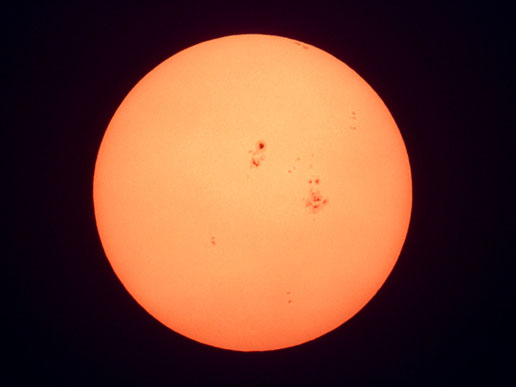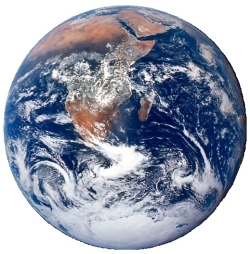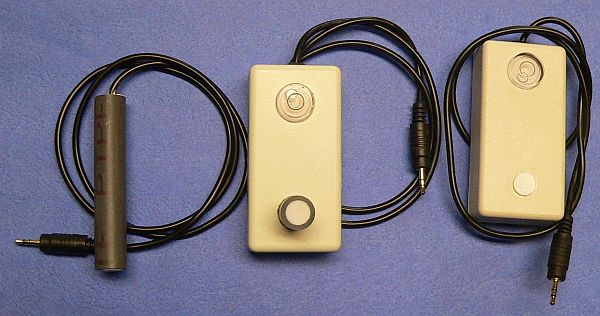
Monitoring Solar Radiation
- Building pyranometers at Philadelphia's Central High School
- A brief introduction to solar radiation and pyranometers
- What are pyranometers and what are they good for?
- Build your own pyranometer
- Pyranometer Protocol
- Buying equipment for monitoring solar radiation
- A simple clear-sky insolation model
- Bird and Hulstrom's clear-sky insolation model. (Another widely used insolation model that is only a little more complicated to use. It allows specific values to be provided for aerosol optical thickness.)
- Generate minute-by-minute clear-sky insolation values for specified location and date,
using "simple model." - Pyranometer calibrations at the
National Renewable Energy Laboratory, Golden, Colorado - Solar energy and power concepts, terminology, and conversions
- Photographing the solar aureole
- Solar aureoles and Asian dust over the northeastern U.S.
- Hurricane Earl (September 2010), dust, and solar aureoles
- Photographing the sky from the horizon
- Interesting NASA site with solar data for a specified location.
- A simple Earth radiative balance model using a single-layer atmosphere
- Solar Data From my Site

and Education
from forest fires in southern California,
late 2003. (Image from NASA.)
